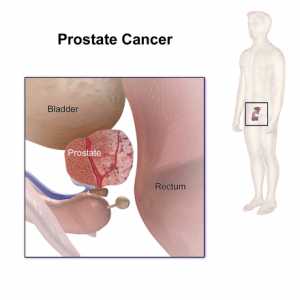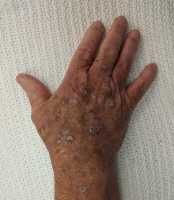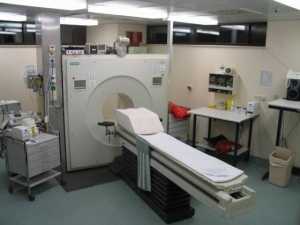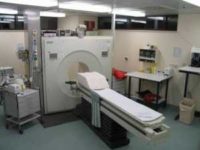Author Interviews, Brain Injury, CT Scanning, Emergency Care, JAMA, Pediatrics / 24.09.2018
“Head CT Choice” Educates Parents of Children with Mild Head Injury
MedicalResearch.com Interview with:
Erik P. Hess MD MSc
Professor and Vice Chair for Research
Department of Emergency Medicine
UAB Medicine
he University of Alabama at Birmingham
Birmingham Alabama 35249
MedicalResearch.com: What is the background for this study? What are the main findings?
Response: 450,000 children present to U.S emergency departments each year for evaluation of head trauma. Physicians obtain head computed tomography (CT) scans in 37%-50% of these patients, with less than 10% showing evidence of traumatic brain injury and only 0.2% that require neurosurgical treatment.
In order to avoid unnecessary CT scans and to limit radiation exposure, the Pediatric Emergency Care Applied Research Network (PECARN) developed clinical prediction rules that consist of 6 readily available factors that can be assessed from the history and physical examination. If none of these risk factors are present, a CT scan is not indicated.
If either of 2 high risk factors such as signs of a skull fracture are present, CT scanning is indicated.
If 1 or 2 non-high risk factors are present, then either CT scanning or observation are recommended, depending on considerations such as parental preference, clinician experience and/or symptom progression.
In this study we designed a parent decision aid, “Head CT Choice” to educate the parent about the difference between a concussion – which does not show up on a CT scan – and a more serious brain injury causing bleeding in or around the brain. The decision aid also shows parents their child’s risk for a serious brain injury – less than 1% risk in the majority of patients in our trial – what to observe their child at home for should they opt not to obtain a CT scan, and the advantages and disadvantages of CT scanning versus home observation.
In our trial, we did not observe a difference in the rate of head CT scans obtained in the ED but did find that parents who were engaged in shared decision-making using Head CT Choice were more knowledgeable about their child’s risk for serious brain injury, has less difficulty making the decision because they were clearer about the advantages and disadvantages of the diagnostic options, and were more involved in decision-making by their physician. Parents also less frequently sought additional testing for their child within 1 week of the emergency department visit.
(more…)



































